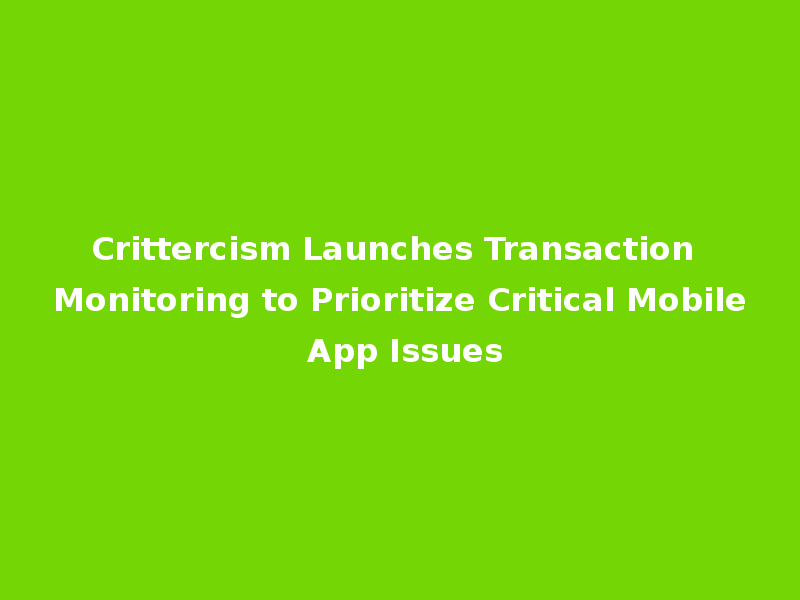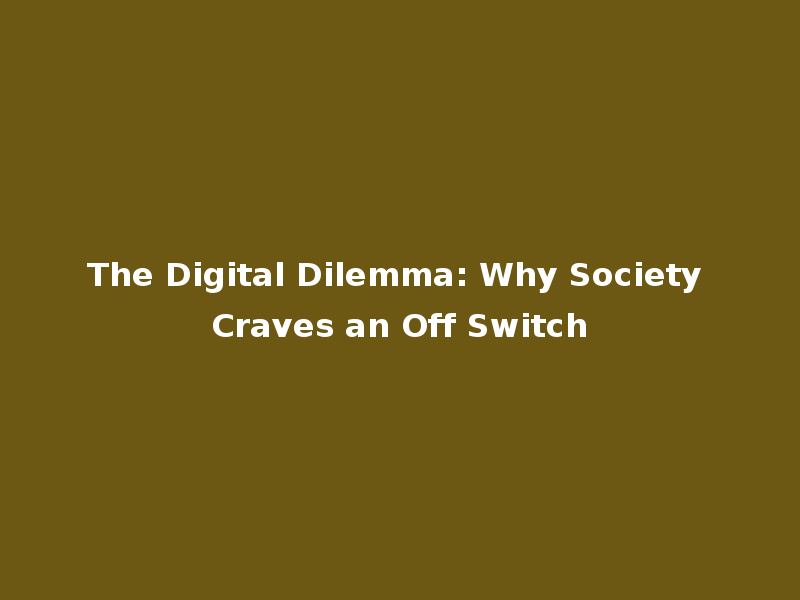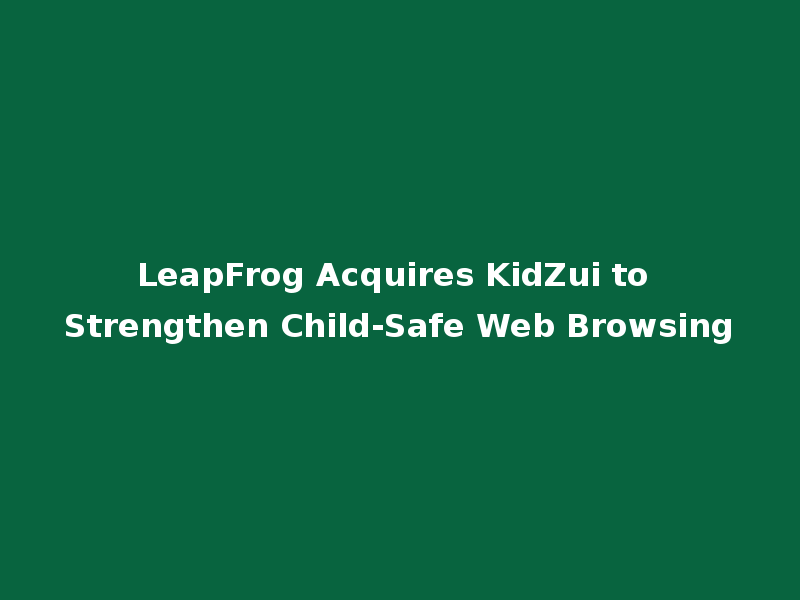How Technology Can Revolutionize Direct Democracy in the Digital Age
The Connectivity Paradox: More Tools, Less Political Progress
The 21st century has ushered in unprecedented connectivity through communication and collaboration technologies. Yet despite these advancements, political gridlock persists. As midterm elections approach, the stakes are higher than ever—yet meaningful dialogue remains scarce. Instead, we’re stuck in a cycle of sound bites and partisan rhetoric across state, local, and federal levels.
Lessons from the Private Sector
While politics stagnates, the business world demonstrates what’s possible with modern tools:
- Productivity Boom: Service sector labor productivity has grown over 3% annually since 2000 (Bureau of Labor Statistics)
- Collaboration Tools: Platforms like Skype, Citrix, and Asana drive innovation in top companies
- Transparency Gains: LinkedIn and Glassdoor foster better employer-employee alignment
- Consumer Revolution: Amazon, Google Shopping Express, and TaskRabbit deliver unprecedented convenience
These examples prove that technology can create efficiency and alignment—if properly implemented.
The Case for Technology-Driven Democracy
Our current political system incentivizes status quo thinking. Elected officials often prioritize job preservation over innovative solutions. What if technology could change this dynamic?
Key Elements of Effective Problem-Solving:
- Diverse option generation
- Free exchange of competing ideas
- Efficient mechanisms to narrow choices
- Unified action after decision-making
Existing Direct Democracy Models:
- California (since 1911)
- South Dakota (since 1898)
- Utah, Oregon, Montana, Oklahoma
While these systems allow voter participation through initiatives and recalls, they’re limited by election cycles that don’t match the urgency of contemporary issues.
A Vision for Real-Time Digital Democracy
Imagine a system that:
- Functions like continuous virtual town halls
- Enables participation when issues are most relevant
- Positions leaders as facilitators rather than influencers
- Ensures transparent debate and knowledge sharing
- Demands alignment after decisions are made
Early Adopters in Politics
Some leaders are already leveraging technology to bridge the gap:
- Gavin Newsom (CA): Engages 1.2M Twitter followers and advocates for citizen-led government in Citizenville
- Senator Ron Wyden (OR): Hosts Reddit AMAs to stay connected on net neutrality and other issues
- Barack Obama: Pioneered social media campaigning in 2008 to connect with voters
The Path Forward
We stand at a historic crossroads. The tools for mass collaboration exist—now we need the political will to implement them systematically. By embracing technology-driven direct democracy, we can transform governance from a system of gridlock to one of responsive, participatory problem-solving.
The time for digital democracy is now.












